Two of the most important elements of making a great anime are the characters and the story. Fans want to watch an interesting anime, but they also want to care about the characters. Personality and motivations make great characters, but something important that fans don’t even think about is the character’s name.
A name can tell fans a lot about a character, especially their original Japanese names. These names reflect who the characters are, and some are a nod to the character’s looks. Unfortunately, localizing anime means that some characters end up with weird and downright embarrassing new names.
Updated on April 18, 2023 by Angelo Delos Trinos: As polarizing as it may be to zealous fans, localizing character names is a necessary part of importing anime. Some characters’ original names don’t read well in another language, or they could actually offend another culture by accident. These understandable intentions, however, don’t stop some localized names from being hilariously bad. We’ve updated this list to include more bad dub names.
13 Rorona Zoro / Rorona Zolo (One Piece)
Long-time One Piece fans remember the infamous 4Kids dub all too well. To make the overly-long One Piece a more kid-friendly series, 4Kids heavily edited the PG-rated anime into a G-rated one. 4Kids cut out violence and weapons or replaced them with candy, but the censors also affected characters’ names.
4Kids replaced Rorona Zoro’s last name with “Zolo.” Some speculated that this was to prevent confusion with Zorro from the movies, especially since both were swordsmen. Some even thought 4Kids just carried over the Japanese pronunciation of “Zoro.” FUNimation later took over One Piece and restored Rorona’s surname.
12 Mai Kujaku / Mai Valentine (Yu-Gi-Oh!)
Mai Valentine from Yu-Gi-Oh! Duel Monsters is all about girl power. She uses a prominently female deck, and her flirtatious attitude made her one of the anime’s most memorable duelists. Considering her personality, it makes sense that localizers would choose the name “Valentine” to replace her original surname.
However, this removed a significant part of her character. “Kujaku” roughly translates to “peacock,” which is a reference to the Harpies that Mai loved using. It’s a subtle reference that most kids wouldn’t have spotted, but keeping the symbolic name that the original author intended would’ve been better and more meaningful in Mai’s case.
11 Usagi Tsukino / Serena Tsukino (Sailor Moon)
Sailor Moon fans have fond memories of the original anime from 1992. Both the original Japanese and the English dubs have fantastic openings, and the characters have a certain charm that some fans feel the updated version is missing. Something from the original questionable English dub many fans forgot was that Sailor Moon‘s name was Serena, not Usagi.
Serena isn’t a terrible name, but Usagi is a reference to the rabbit on the moon. Serena lacks this key part of Usagi’s symbolic name. Many fans are also against anime being localized or “Americanized” too much, especially since anime like Sailor Moon can be a great way to learn about people and cultures from other countries.
10 Shinichi Kudo / Jimmy Kudo (Detective Conan)
Like Usagi, Shinichi from Detective Conan (or 70zlon8″ title=”case closed”>Case Closed) had a more traditionally Western name for the English dub. Many English-speaking fans are so used to Shinichi being called “Jimmy” that it doesn’t bother them anymore. However, it’s strange that the English dub is one of the only versions that changed Shinichi’s name.
The change was pointless and needless, especially since Shinichi is such a famous and instantly recognizeable anime character. Localizers from other countries understood that it was best to stick with mangaka Gosho Aoyama’s vision, which is something that the English version could’ve and should’ve done from the beginning.
9 Horohoro / Trey Racer (Shaman King)
Like many anime from the early 2000s, Shaman King‘s first adaptation was Americanized despite its obviously Japanese context. Many characters had their names changed into generic Western ones, with Horokeu Usui being the most convoluted example. In the dub, Horokeu had the bland and edgy name, “Trey Racer.”
70zll0v” title=”origin”>Originally, Horokeu went by the nickname “Hororhoro.” For some reason, “Horohoro” was his birth name in Shaman King‘s English dub, and “Trey Racer” was his preferred nickname. The change buried the significance of “Horokeu,” which translates to the Ainu name for a now-extinct type of wolf. The name also linked up to his birthplace, Hokkaido.
8 Sakura Kinomoto / Sakura Avalon (Cardcaptor Sakura)
There are many female anime characters named “Sakura,” but the most famous one to bear this name is undoubtedly the titular protagonist of Cardcaptor Sakura. She was able to keep her first name for the English release, which was simply called Cardcaptors, but localizers still felt the need to Westernize her surname to “Avalon.”
“Avalon” sounds so different from “Kinomoto” that it’s jarring. Some felt that this was yet another attempt on the localizers’ part to reduce Sakura’s femininity. Fans fought for Sakura to keep her first name. Localizers were going to call Sakura “Nikki,” but fans got so outraged that localizers quickly backtracked.
7 Mao Chen / Mariah (Beyblade)
Nearly all the characters from Beyblade had their names changed with Westernized ones for the English release. Most of the new names sounded like their Japanese counterparts, but they didn’t all fit their characters. This was especially true for Mao Chen, who was renamed “Mariah.”
“Mariah” is a cute name, but it would work better for a character who’s more reserved than the perpetually intense Mao. Additionally, Mao‘s last name “Chen” was never mentioned in Beyblade’s dub, so fans also missed the fact that Mao and Rei (or Ray Kon) were somewhat related.
6 Duo Maxwell “The God Of Death” / Duo Maxwell “The Great Destroyer” (Mobile Suit Gundam Wing)
From the ’90s to the early 2000’s, localized anime conformed to Western cartoons’ strict mandates. One of the most infamous examples of this was the ban on death. Characters couldn’t die, nor could they say the word. This negatively affected Duo Maxwell, who’s also known as Mobile Suit Gundam Wing’s “God of Death.”
Death also defined Duo’s obsession and personality. Any time Duo mentioned death or dying in English was awkwardly replaced with “destruction.” Localizers then renamed Duo “The Great Destroyer,” and he was weirdly obsessed with wrecking things. Gundam Wing’s midnight showings did away with these hilariously bad changes.
5 Ichigo Momomiya / Zoey Hanson (Tokyo Mew Mew)
“Ichigo” is the perfect name for the protagonist in Tokyo Mew Mew. “Ichigo” means strawberry, which goes perfectly well with her pink and red color scheme. It could also mean “guardian,” which references the fact that Ichigo is a magical girl who saves people. In brief, it doesn’t make sense to change Ichigo’s name.
Unfortunately, the English dub renamed Ichigo to “Zoey.” The unique and important meanings behind her original name were completely lost in favor of a name as serviceable but comparatively hollow as “Zoey.” Zoey may be more palatable for some English speakers, but it lacked the subtext of Ichigo’s real name.
4 Nausicaä / Princess Zandra (Nausicaä Of The Valley Of The Wind)
Nausicaä of the Valley of the Wind was notoriously localized and re-edited into Warriors of the Wind. The latter was a juvenile fantasy, and it excised Studio Ghibli’s depth and heart. This was best evidenced in how the etymology of Nausicaä’s name was replaced with the more generic Princess Zandra.
Nausicaä’s name was taken from the Phaeacian princess of the same name from The Odyssey. Like her namesake, Nausicaä was a brave and strong princess who saved the day. Conversely, “Princess Zandra” meant nothing. As Princess Zandra, Nausicaä was a stereotypically badass action hero with an unremarkable name.
3 Utena Tenjo / Ursula Tenjo (Revolutionary Girl Utena)
Revolutionary Girl Utena is one of the undisputed classics of the shojo genre. It’s one of the best representations of LGBTQ+ romances in anime, but it also tells a great story that isn’t bound by the romance genre. Considering how memorable and symbolic Utena’s characters are, it’s hard to believe some fans refer to Utena as “Ursula.”
In Revolutionary Girl Utena’s Hispanic dubs, Utena was actually “Ursula.” This wasn’t a terrible name, but most people associate “Urusla” with The Little Mermaid’s villain. This can cause some mild confusion and lots of annoyance. Utena doesn’t have any similarities with Urusla to justify the switch, and it’s a name that simply doesn’t work for her.
2 Monkey D. Luffy / Monkey D. Rufi (One Piece)
Luffy is one of the most iconic anime characters in history. Even fans who’ve never seen an episode of One Piece recognize him and know of his name. Luffy may be a modern anime icon, but even he went through the misfortune of having his name be mistranslated and poorly replaced. Previously, Luffy was called “Rufi” in English.
Because of how Japanese people pronounce any word or name with the letter “L,” it may sound like “R” to English speakers. This was probably the main reason why Luffy was called “Rufi” in One Piece‘s earliest English-language runs. Luckily, the pronunciation of Luffy’s name changed, so fans didn’t have to deal with “Rufi” for too long.
1 Piccolo / Big Green (Dragon Ball Z)
Dragon Ball has had many dubs of varying qualities the years. Several English language companies have dubbed Dragon Ball, and the series has been revamped several times over. Even with so many versions of Dragon Ball, there is one localization that sticks out.
Dragon Ball Z’s French dub was so bad it became a running joke in the community. Not only did localizers change the characters’ names, but they gave Piccolo the worst name. He was called “Big Green” in French, which was so ridiculous that it’s hard to believe. The attempt to localize Piccolo was so bad that it’s still laughed at today.
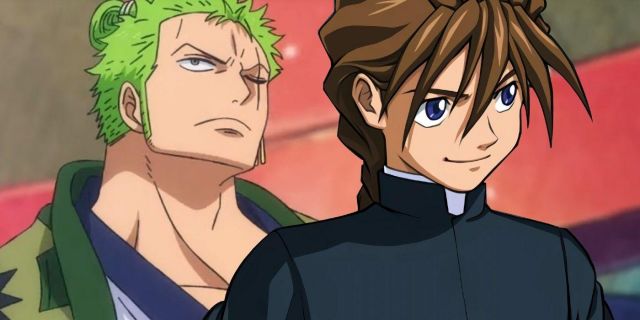
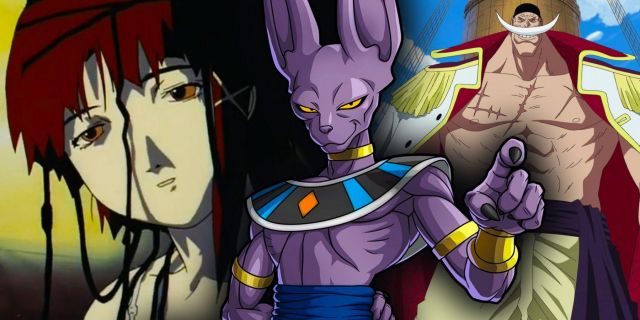


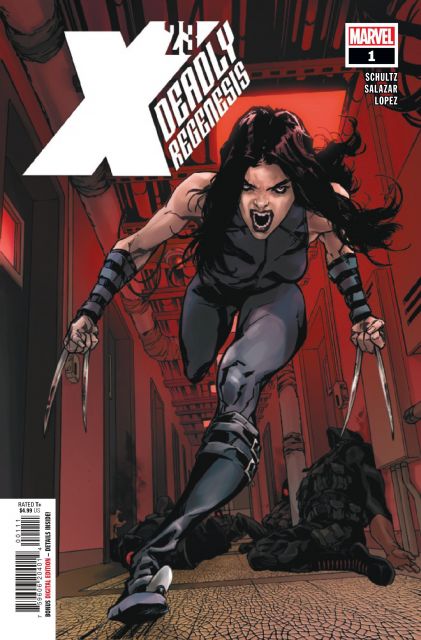
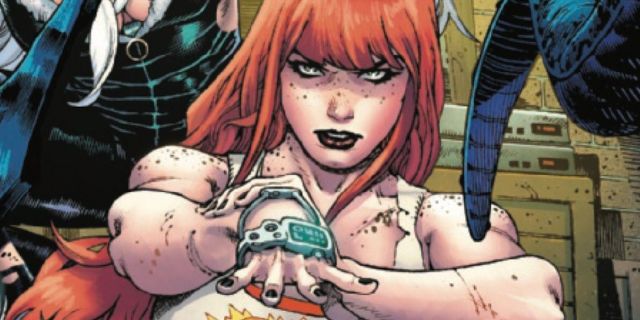
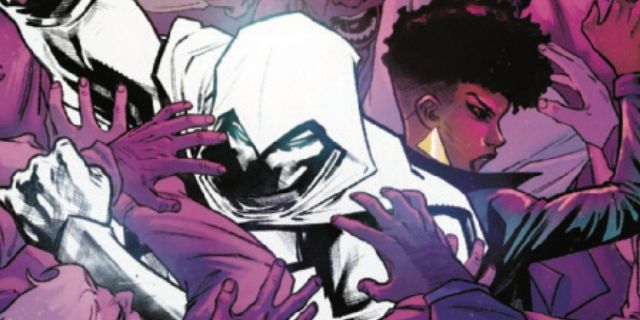


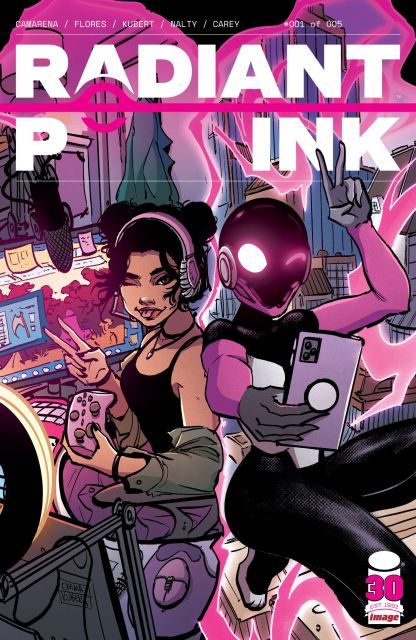





Leave a Reply